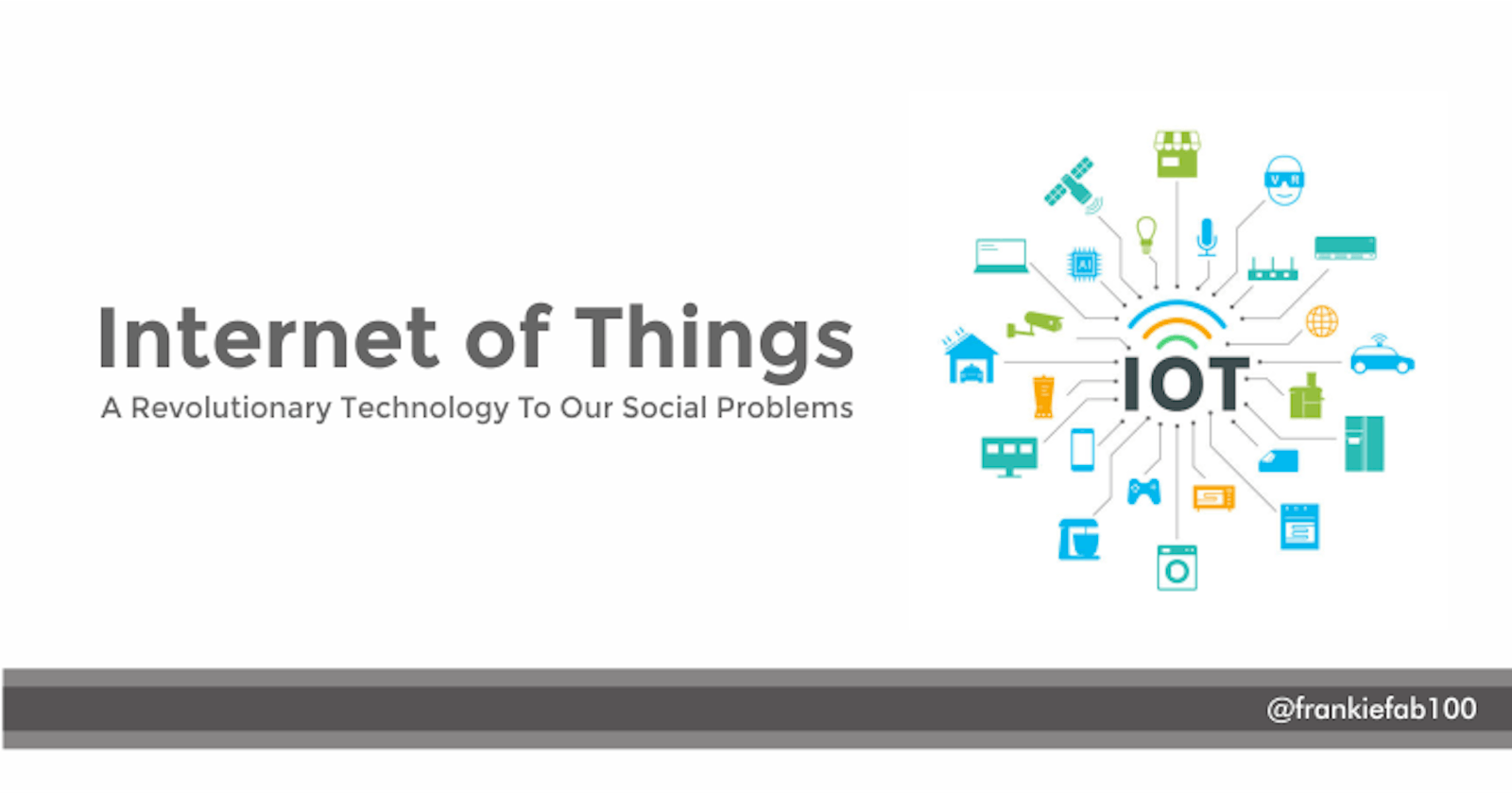Internet of Things (IoT): A Revolutionary Technology To Our Social Problems
How the IoT applications will help solve societal challenges and make life easier.
It was reported that between 2008 and 2009, the number of connected objects exceeded the number of people connected to the Internet.
This article aims to provide a review of the Internet of Things, and its applications in healthcare, environmental monitoring, automotive, manufacturing, inventory, and logistics management.
It will not only introduce you to the fundamentals of the Internet of Things but will help you gain insights into how the technology will solve some common problems we face today in our society.
What is the Internet of Things?
The "Internet of Things" (IoT) is a term describing a network of interconnected physical objects in our world operating autonomously, connected via a network with unique identifiers enabling human-to-object interactions and object-to-object interactions; real-time monitoring of changes in the physical area.
It deals with entities in the real world like cars, electronic devices, household appliances, industrial machines, and more. Thus, anything can become a "smart object" by embedding sensors and internal network capabilities.
How does IoT Work?
An IoT system consists of different physical objects embedded with sensors and communication technology and assigned a unique address. They are connected via cables or wirelessly. They interact with the environment to form a network of smart things, that sense the real world and send data for intelligent analysis used for independent decisions.
Any physical object can be seen as a smart object if it can connect to the internet, receive data, and transmit information about itself and its environment to other devices.
These smart objects can:
be controlled remotely using actuators.
detect their location using embedded geolocation devices.
evaluate conditions of surrounding items to recommend better solutions.
get identified by a hard-coded serial number, QR code, or electronic tag.
provide real-time information and feedback about their current state or environment.
adapt to the user's preference or routine using artificial intelligence technology.
Dimensions of the IoT Architecture
There are four major technological dimensions of the Internet of Things:
Object identification.
Embedded systems.
Sensors and wireless sensor networks.
Nanotechnology.
Application of IoT Technology
IoT is considered one of the revolutionary technologies that have the potential to radically change lives. It is also applicable in all fields, including medicine, industry, transportation, education, agriculture, green energy, and the environment.
1. Home Automation (Smart Homes)
IoT technologies are used to improve security and surveillance in buildings and homes such as automatic control of the entry and exit from the door, remote power on or off of light bulbs based on the ambiance, smart alarm systems to schedule wake-up time based on routine activity, cooling and heating systems, and gas leakage detection to monitor the atmosphere of homes.
These IoT-based devices at home can also be controlled by an intelligent virtual assistant offering a personalized experience through voice commands.
This video shows a real-life application of IoT in homes:
IoT-based devices at home communicate and ensure real-time monitoring of climate changes and weather conditions such as rainfall, humidity, wind speed, etc, and also send notifications to warn about drastic weather, suggesting safety actions such as wearing sunscreen, a cold jacket, or taking an umbrella.
2. Smart Healthcare
IoT applications create digitized and remote health monitoring through biosensors, wearables, and sensor-based medical devices used to collect and process health data such as blood pressure, sugar levels, oxygen levels, and body weight. This plays a vital role in disease diagnosis, management, prevention, and control.
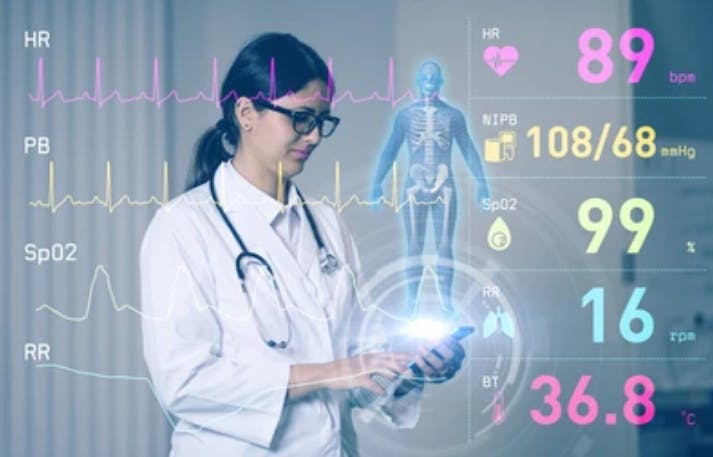
3. Smart Farming and Agriculture
IoT applications in the field of agriculture include monitoring the level of rainfall, soil conditions, effects of chemicals, pest infestation, and better time to cultivate or harvest plants. Sensors can determine the reduction of soil water level and trigger a pump to supply water to crops through an adaptive irrigation system.
This increases productivity prevents risk and reduces costs in agriculture by monitoring conditional changes with real-time data analytics which can be used to improve the quality of farming.
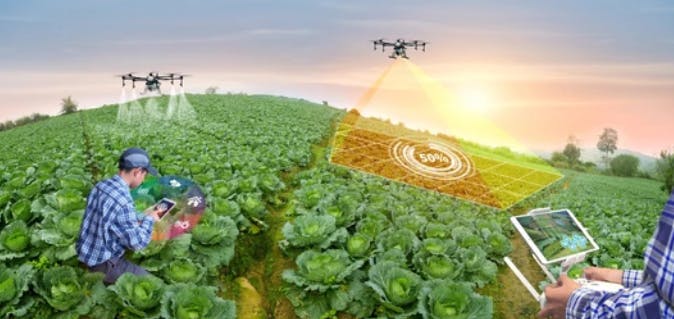
4. Smart Transportation
Sensors connected to cars can suggest available parking spaces, and better routes with less traffic congestion, run diagnostics to check their status and send relevant information to manufacturers for possible repair or maintenance.
This information can be reported to the transportation system to simulate potential problems, smart traffic control, and real-time obstacle detection to ensure safer transportation and avoid accidents.
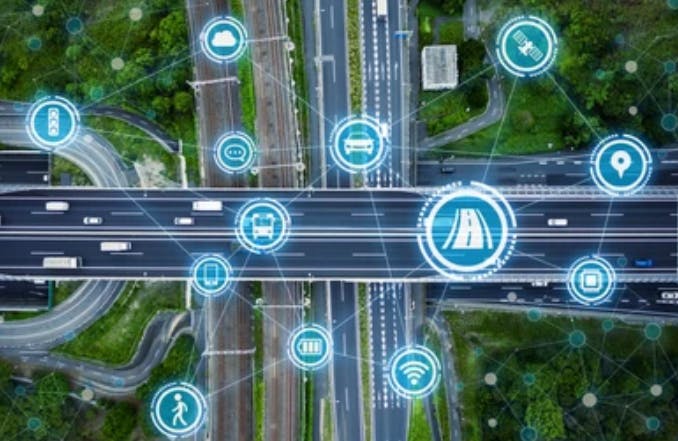
5. Smart Cities
The Internet of Things is applied in the environmental monitoring of temperature, humidity, and energy consumption to reduce environmental impact, control pollution, or warn against natural disasters like flooding, and earthquakes.
This creates more eco-friendly surroundings where greenhouse gas emissions are monitored in real-time. It can be integrated into street lights and cameras to automatically detect the presence of humans, and turn on lights for safety and crime prevention.
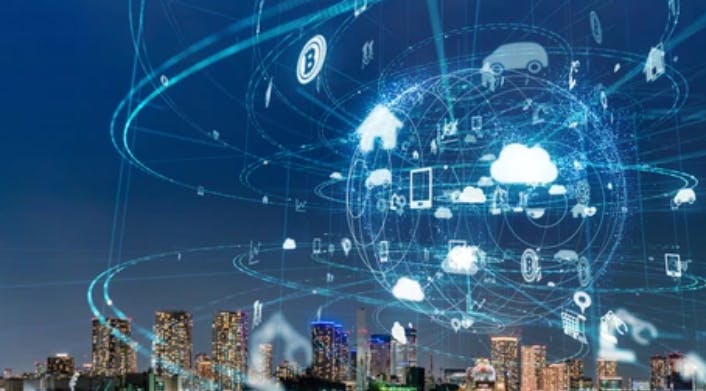
6. Industrial IoT Application
IoT technology can be used for the optimization of production processes and industrial equipment by embedding sensors that trigger an alert about the condition.
Industrial IoT provides real-time tracking of the supply chain, automates and speeds up complex manufacturing processes, detection of dangers in factories to ensure safety, and improves quality control, and inventory management.
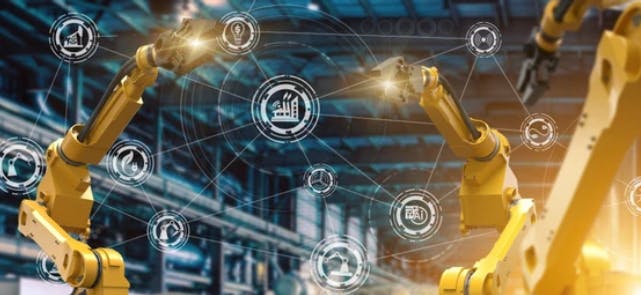
Conclusion
The concept of IoT is the connection of every physical object to the internet by integration of Sensor and Radio Frequency Technologies, which collect information that is sent to the IoT network and actuators. With IoT, objects now have internal processors, network connectivity, and the ability to detect and respond to their physical environment.
Although there are many challenges facing the IoT, such as reliability, security, data storage, and management. It is likely to evolve and become more sophisticated by combining its platform with other technologies like artificial intelligence, machine learning, blockchain technology, etc.
I hope you have enjoyed reading this article. Please be kind enough to share and drop your thoughts.

